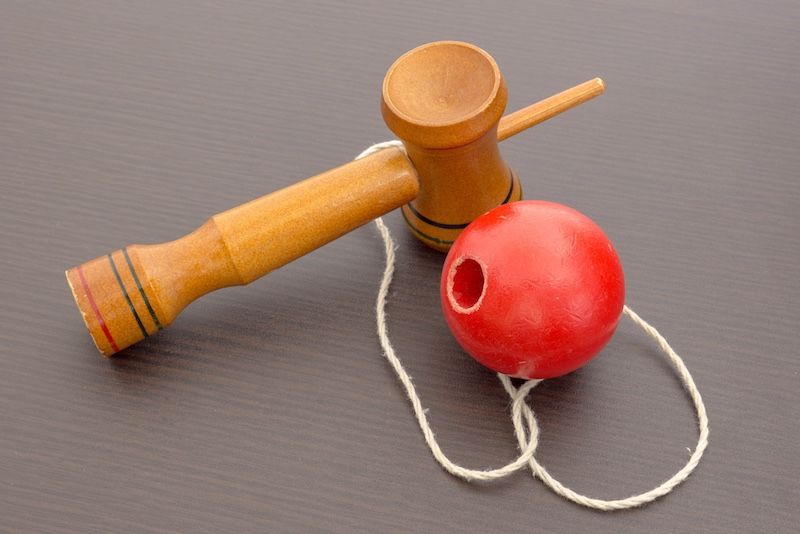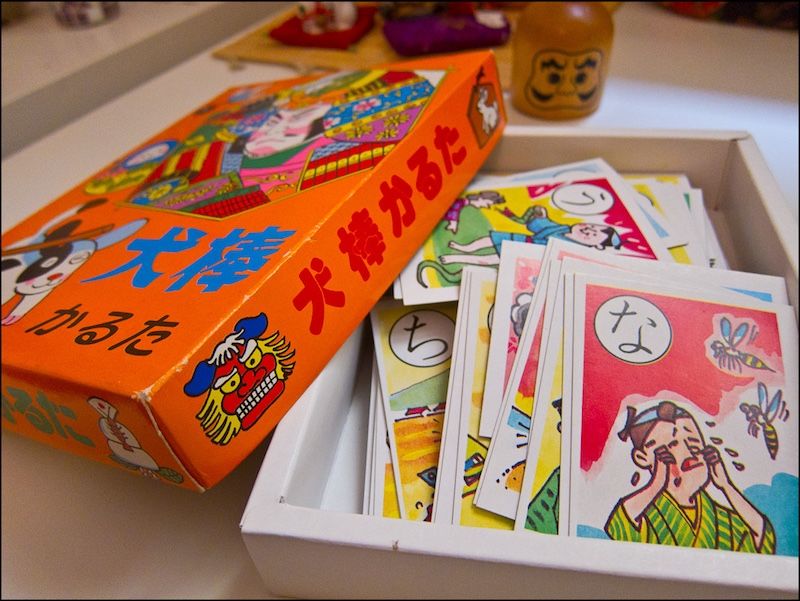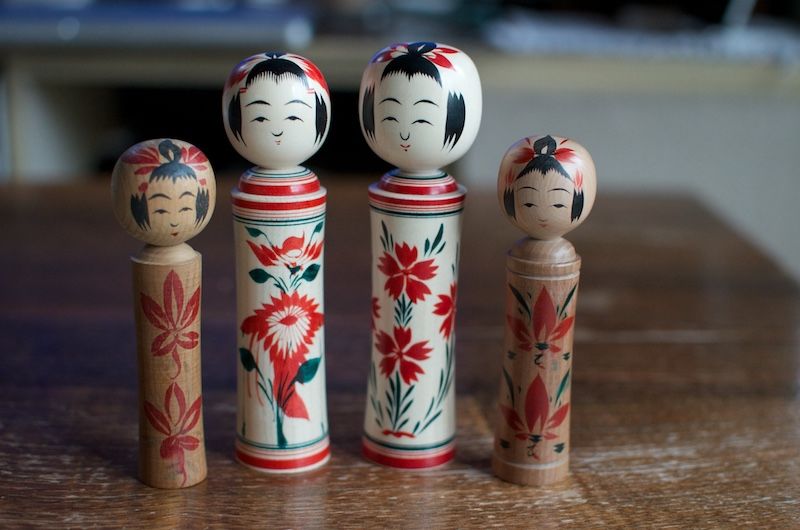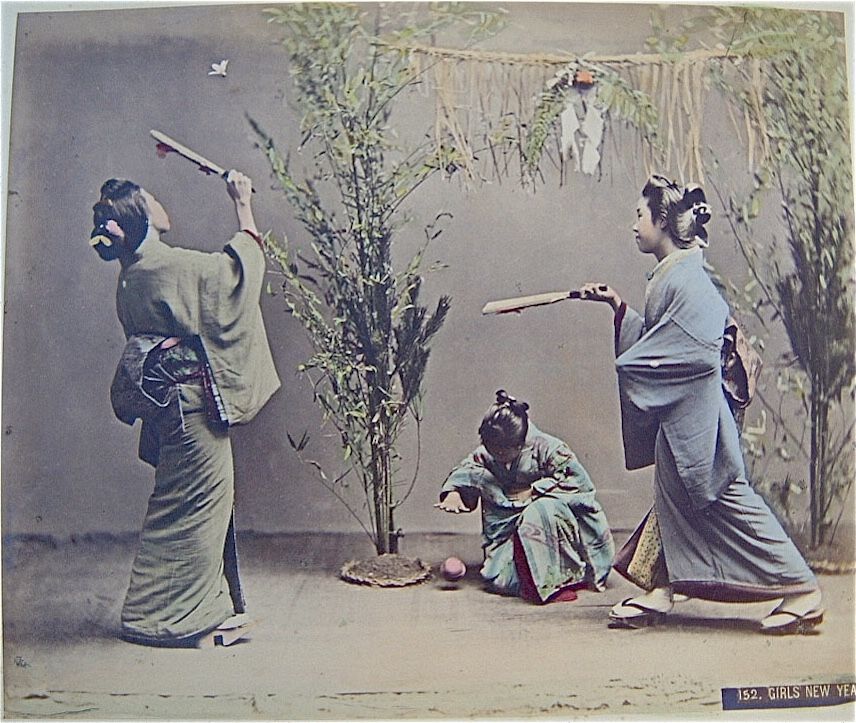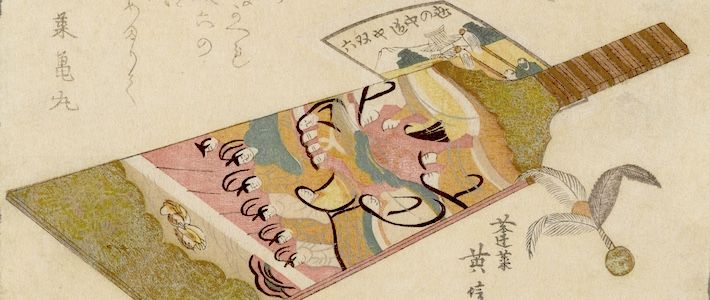
Five Traditional Toys
Culture- English
- 日本語
- 简体字
- 繁體字
- Français
- Español
- العربية
- Русский
From Nintendo’s 3DS to Sony’s Playstation 4, Japan is famous for its gaming platforms. However, it also has a rich tradition of conventional toys and games that have been loved by the nation’s children for centuries. Here are five long-term favorites.
Kendama
Japan’s variation on the traditional cup-and-ball game adds complexity through the different ways players can catch the ball, whether in one of the three different-sized cups or even on the spike at the end. In fact there are endless tricks for the more advanced practitioner. The name comes from ken, the "sword” or handle, and tama, meaning “ball.”
Karuta
There are many kinds of playing cards referred to as karuta in Japan, but children’s games are typically based on the kana syllabary. One deck of picture cards is spread out on the floor and another deck with words matching the pictures—generally poems or phrases each beginning with one of the kana—is read aloud. Players sitting around the cards race to grab the one that matches the words spoken.
Kokeshi
These distinctive wooden dolls with cylindrical bodies were originally made by woodworkers in Tōhoku, northern Japan. There are 10 standard regional designs, many of which are associated with the hot springs resorts where they were first sold. Their minimalist elegance makes them popular with collectors.
Daruma otoshi
The founder of Zen Buddhism, Bodhidharma, is known as Daruma in Japanese and features in this game of “Daruma drop.” The rules are simple enough—take the mallet and knock the pieces out of the way one by one from the bottom upward—but it’s hard to complete without the whole thing collapsing for a losing outcome. See the video above for a slow-motion example of a successful strike.
Hanetsuki
A game somewhat like badminton, customarily played by girls at New Year, hanetsuki requires two wooden paddles (hagoita) and a shuttlecock. There is no net, but those who miss their shot traditionally have their faces marked with ink, and there is an old belief that the longer the shuttlecock remains in play, the more protection the players will have against mosquitoes in the coming year.
Photo Credits
Kendama: Rambalac
Karuta: Laura Tomàs Avellana
Kokeshi: Raizo
Hanetsuki: Wikimedia Commons
Banner photo: A print by Kikukawa Eishin thought to have been produced in the 1810s depicts a hagoita and shuttlecock for use in the game hanetsuki. In the collection of the Rijksmuseum Amsterdam; courtesy Wikimedia Commons.
